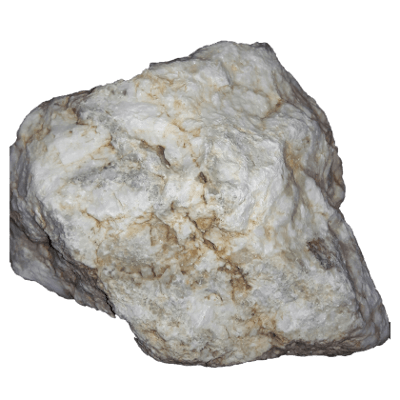Barite is a mineral composed of barium sulfate (BaSO4). It receives its name from the Greek word "barys" which means "heavy." This name is in response to barite's high specific gravity of 4.5, which is exceptional for a nonmetallic mineral.
The high specific gravity of barite makes it suitable for a wide range of industrial, medical and manufacturing uses. Barite also serves as the principal ore of barium.
Most barite produced is used as a weighting agent in drilling muds. These high-density muds are pumped down the drill stem, exit through the cutting bit and return to the surface between the drill stem and the wall of the well. This flow of fluid does two things: 1) it cools the drill bit; and, 2) the high-density barite mud suspends the rock cuttings produced by the drill and carries them up to the surface.
Barite is also used as a pigment in paints and as a weighted filler for paper, cloth and rubber. The paper used to make some playing cards has barite packed between the paper fibers. This gives the paper a very high density that allows the cards to be "dealt" easily to players around a card table.
Barite is the primary ore of barium, which is used to make a wide variety of barium compounds. Some of these are used for x-ray shielding. Barite has the ability to block x-ray and gamma-ray emissions. Barite is used to make high-density concrete to block x-ray emissions in hospitals, power plants, and laboratories.
Barite compounds are also used in diagnostic medical tests. If a patient drinks a small cup of liquid that contains a barium powder in a milkshake consistency, the liquid will coat the patient's esophagus. An x-ray of the throat taken immediately after the "barium swallow" will image the soft tissue of the esophagus (which is usually transparent to x-rays) because the barium is opaque to x-rays and blocks their passage.



Write Comment